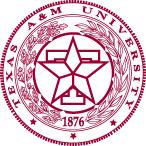
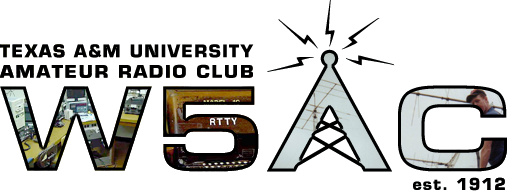


Search:
Callsign lookup:
APRS Locator:
(Type * after callsign for locations that might include a number suffix)
W5AC participates in ARRL's nation-wide Field Day each year. Field Day acts as a nation-wide EmComm drill, and is held each year around the end of June. The club has a proven ability to operate in austere locations on generator power for an extended time, with procedures and equipment we use on an everyday basis.
The reason for this page is to show what we've done in the past, and to gather ideas for next year (or next emergency, whichever comes first).
W5AC was featured in The Battalion.
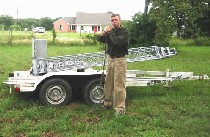
(click below for full-size images), from KJ5O:
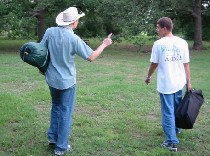
(click below for full-size images), from KJ5O:
W5AC held Field Day activities under a large military shelter provided by Mike Linger WA5MOE.
W5AC set up shop at Big Creek Park, Lake Somerville, Somerville, Texas. W5AC operated as a 1A station with its 3 available operators (Robert Eden N5GWY, Fritz Kocker N5FZQ, and Bob Plested N5GNA). The "Winnie" was used again (see 1984), including its onboard 6.3 kilowatt generator.
Info from "Report on Radio Operation - W5AC Field Day - 22-23 June, 1985" by Bob Plested, N5GNA
W5AC worked its usual "2A" class Field Day setup near a marina at Lake Somerville. Just like in 2004, there was a CW station and a Voice station. The equipment was moved to Somerville via the Civil Engineering department's 1973 "Winnie" (winnebago).
Results: 737 QSO's, 18 people, Score: 2400
Info from "1984 Field Day Book" (by Neaves?) in the shack.
This year, a backup generator allowed the club to make minor repairs to the main generator at night. Lesson learned - always have a backup.
Results:
W5AC - 2A station, 792 QSO's, 9 people, Score: 2402
Bryan Club - 5A station, 550 B-14, Score: 2038
Our Field Day setup this year included Voice, CW and Novice stations, as well as a camera tripod used to make OSCAR satellite contacts. We used a generator for power.
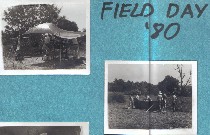
(click below for full-size images), from pictures in the shack:
As pictured in QST, W5AC /M (working class 2C this Field Day) included WD5BOC, WB5WYX, WB5AZI, WD5CVG, WD5FRN and WD5CQF. The picture showed the group around a gas station sign with the label "DX" on it. A remarkably similar sign hangs in the shack today, revealing the smaller label "Rare" to the side of "DX". Later years' Field Day notes indicate that running all-mobile like this became expensive.
Contacts in the logbooks.
Contacts in the logbooks.
W5AC set up its radios in Kyle Field's press box, and stretched a "Vee" antenna high across the field. The leads of the antenna connected to an antenna matcher in the press box.
At one point in the day, members heard an occasional "pop" noise, but couldn't identify it at first. After a while, someone happened to glance at the back of the antenna matcher. What they saw was electricity arcing across the two leads of the antenna, just like in a "Jacob's Ladder!" What they later realized was that there was a thunderstorm about 20 miles away (too far to hear) which created a voltage difference across the antenna large enough to send sparks across the leads. Needless to say, they stopped transmitting for a while.
The club was still W5AQY in 1933; whether we participated or not I don't know.
Things that worked well last time (do these again):
Things that need improvement:
New ideas to try:
Some documentation of former W5AC Field Days exists in the shack filing cabinet - there are lots of good ideas in these notebooks.
Send more ideas to the , please.